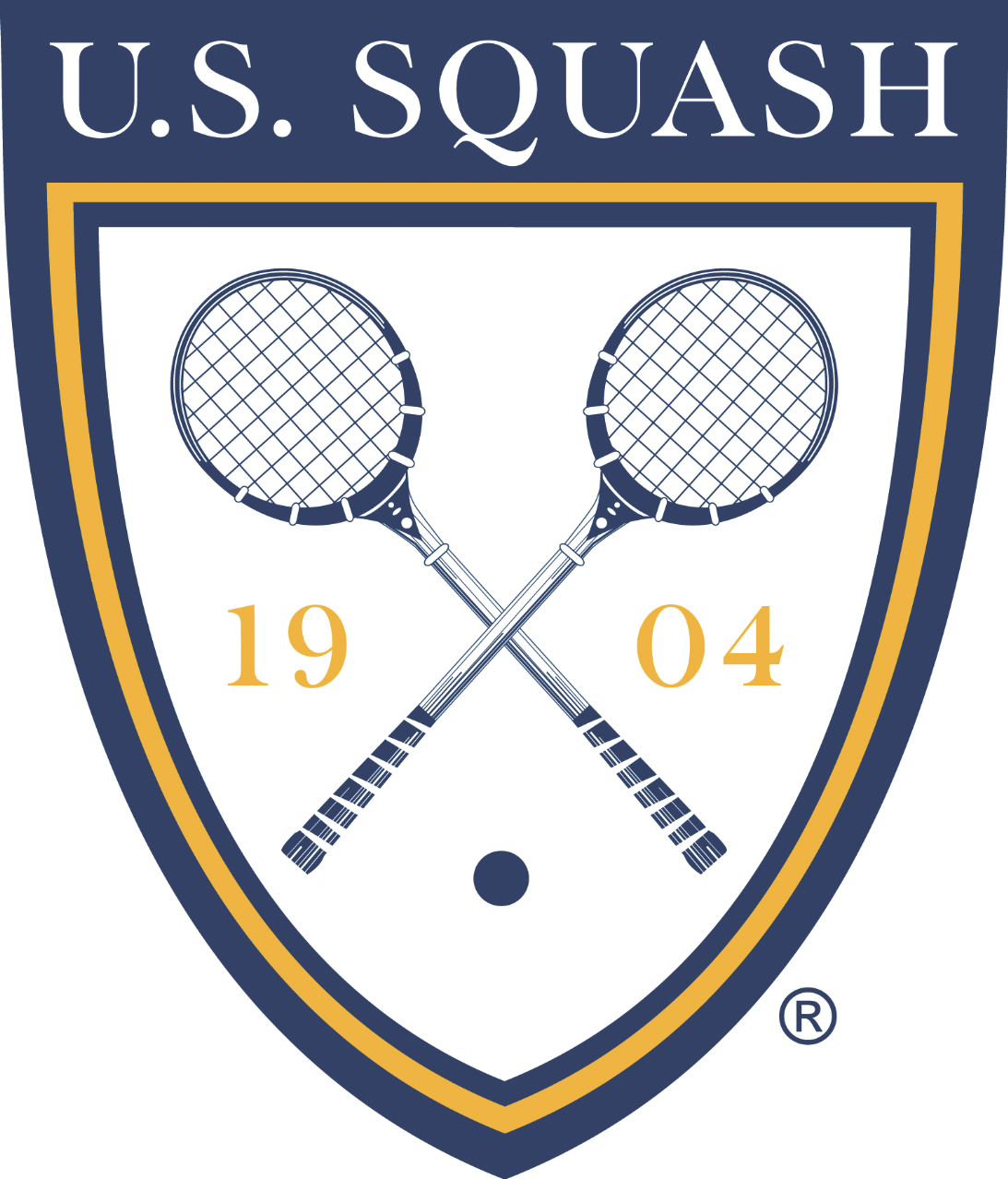By Peter Lasusa, U.S. Squash Board Chair
As incoming U.S. SQUASH Board Chair, I have been asked by a number of fellow members about my “vision” for U.S. Squash. My answer is to simply refer to our existing strategic plan. As I hope many of you know, among the numerous accomplishments during her tenure as Chair, Jeannie Blasberg initiated and led an in depth, professionally facilitated, strategic planning process that resulted in the adoption of the Association’s first genuine strategic plan. This plan is the guidepost for our volunteer and professional leadership as we seek to continuously improve and evolve U.S. Squash.
What follows are some personal perspectives regarding two key components of our strategic plan—growing participation and building awareness.
The key to U.S. Squash helping grow participation is through value-added partnerships with our constituent leaders: (1) teaching pros and clubs; and, (2) coaches and schools. U.S. Squash exists to provide important tools and services to help our constituent leaders be the best at what they do. Through these constituents, we are constantly seeking to make membership in the Association a compelling value.
The key to a successful link between participation and membership is providing a set of high quality “competitive infrastructure tools” that facilitate all forms of competitive play. In the modern age this naturally means that web-based technology is at the core of much of what we do. You probably already know that U.S. Squash is in the midst of implementing a long-term technology plan that seeks to provide leading edge technology infrastructure for fully integrated player ratings, rankings, tournament management (think online, nearly real-time draw sheets), league management, and player profiling tools for all levels and forms of play (and yes, that includes doubles). For those of us who also play some golf, the analogy I often think of when I think about U.S. Squash technology is the ubiquitous United States Golf Association’s handicap system, which captures a significant percentage of all rounds played and is the glue that holds together all of the competitive aspects of the game of golf throughout the country.
The other key component to our strategic plan is building awareness of the sport beyond our already passionate and dedicated community. I think of John Nimick’s annual Tournament of Champions squash spectacle at Grand Central Terminal when considering this issue. U.S. Squash will know it has been successful in building awareness when 100% of the “non-squashers” passing through Grand Central’s Vanderbilt Hall know for certain that squash is being played and there are no guesses that it might be “racquetball” when someone quizzically asks what is going on inside the four glass walls. To fulfill this objective we are striving to build awareness through improved public relations efforts on many fronts, including direct support to elite U.S. players competing in international events, helping communicate their stories more effectively to a broader audience. Squash being selected as an Olympic sport would, of course, help immensely in building awareness, and we are lending our full support to this effort.
In closing my first of these columns, it is important to point out that while in recent years the Board and professional staff have been pushing very hard to modernize the Association and make the game of squash much more broadly accessible, all involved are mindful, and genuinely value, the very rich tradition and history of the game that we are building upon. Preserving and growing this legacy is an important part of what we do. While we certainly don’t want squash to be inaccessible in anyway, we do want it to be “exclusive,” but only in the sense that everyone who plays squash should consider themselves part of a very special group—a group that values fair competition, sportsmanship, and dedication to growing this great game.
The U.S. SQUASH 3-year strategic plan can be viewed at www.ussquash.com


